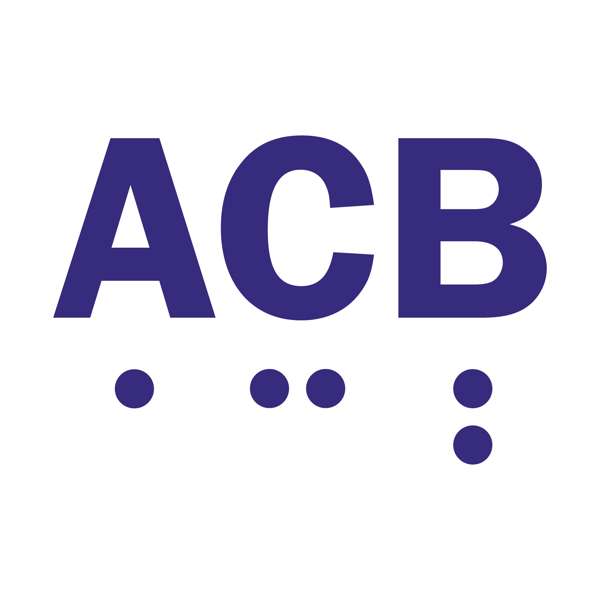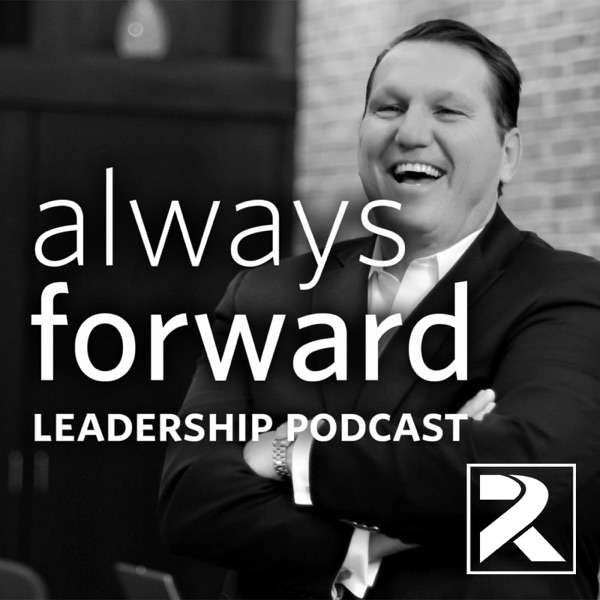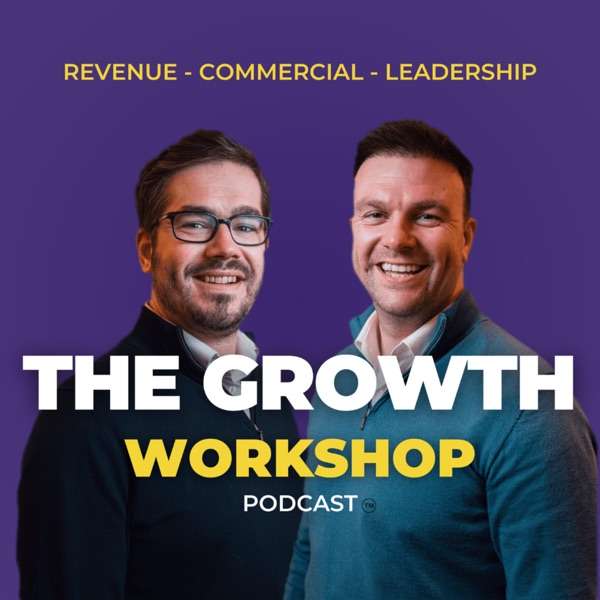Michael Crafton is the President and CEO of Nelbud Services Group. Founded in 2005, the company’s origins were humble to say the least, with only Michael’s pickup truck and $800 in hand. He has since grown the business into the largest self-performing kitchen exhaust hood cleaning company in the country and been recognized four times as an award-winning top workplace in Indiana.
Michael strives to create a best-in-class employee experience and accomplishes this by creating sustainable careers that empower, attract, and promote an engaging culture.
In this throwback episode, you’ll hear Michael emphasize how the happiness and satisfaction of employees directly impacts customer experience. Michael also shares ways to integrate the mindsets and cultures of different regions, based on his experiences supervising numerous mergers.
Truth You Can Act On:
1. Happy Employees Create Happy Customers
Supporting Quote:
Micheal Crafton: “I may or may not have been accused of being survey happy, because I am.I absolutely love hearing how people are feeling and thinking. So we actually take legitimate and actionable steps when we do these surveys. And one of the things that we kind of preach is it's kind of like, you can't complain if you didn't vote, you know, please tell us what you're concerned with or what you're really happy with so we can make it better or we can continue doing it. We did a survey back in December of 2017, and the number one thing we got back was work-life balance, which was kind of expected. You know, you kind of expect it, but you also don't. I want to kind of realize it. And one thing we did from that survey, and I think it went a long way with the group, is we had two PTO days. We had a volunteer time, and then we kind of created this semi-flexible kind of emergency work time that they could use when they needed, and that was a direct reflection of that survey as a company.”
2. Rely on Employee Referrals When Hiring
Supporting Quote:
Michael Crafton: “So there was a time in our business life cycle where 100% of our employees were employee referrals, and I really wish that kind of pace continued because it was kind of a self-policing kind of set the expectation for all, for all new hires, but also current employees, because everybody was a friend, but also a friend of a friend. It is absolutely critical to the success of our business. We estimate that it costs us between six and $10,000 to hire a person that leaves within the first hundred days. So for us, it's important that we make the right hiring decisions at the right time for the right person, and we have, not a hundred percent, but I would say eight out of 10 employee referrals stay longer than 100 days. And typically, you know, two to three or four years or so we actually pay $250 every 30 days up to the hundredth day. So it's a thousand dollars for the employee that referred the new person. And then we actually pay the new person 250 bucks dollars as well on their hundredth day as a kind of a reward for making it to that point. We kind of take a chance on, you know, in taking the referral from their friends, which I think is important.”
3. Dynamic Company Culture Must Adapt
Supporting Quote:
Michael Crafton: “In January of 2015, we did a merger. It was actually the biggest merger we've ever done with a really large company on the East coast based out of Atlantic City. One of the things that we didn't anticipate, and especially I didn't anticipate, is both the East coast and the Midwest have really phenomenal, hardworking, passionate people who, I feel like are, you know, equals in the sense of characteristics, but on the East coast, the personalities are a lot different. The funny story I always tell is when I did the opening speech for the merger, you know, I'm from the Midwest born and raised and, you know, I'm typically really kind of flamboyant and I'm like happy and loud, and I like to hug people, and you know, on the East coast, it's a lot more guarded and people want to get to know you before they hopefully kind of reach in for the hug. It was just a really weird dynamic. And to be honest, the failure that we had is I just thought instantly everybody was just going to buy into the culture and kind of love the vision and the mission. And it wasn't like that. And it took us almost two entire calendar years to fully integrate and get that buy-in of especially the core values, which are in my opinion, the most important before we were able to kind of take that next step. And those first two years were very rocky. We went through a really unique time. Not that we performed poorly, we just didn't hit the growth targets that we had set for ourselves pre merger, and I think that a lot of it had to do with the culture. So it's been about three years now. We've beat budget every single month. We have more, our demand is so high that we're having a hard time with our supply, meaning we can't hire quick enough. Our customer service ratings are through the roof. We're integrating or innovating as fast as we humanly possibly can, and we've done multiple acquisitions in the last six months that we hadn't done in two years. So it's 100% a testament to complete and total company buy into what we're trying to accomplish as one team.”
4. Set Your Priorities
Supporting Quote:
Michael Crafton: “For us, it's really, really important that we focus on culture, talent skill, and in that order, because it's not that there's a lack of talented people out there. I think that there's a lack of skilled people. And because we obviously, I said before, we have to train our people internally. So as long as we can find a culture fit that is talented, we can teach the skill, whereas most companies, and where we were before, we would look for skilled people to fill roles, not paying any attention to the culture fit, or maybe the talent fit. To repeat, it’s culture, then talent, then skill third. So for us, as we continue to grow and as we focus on programs to not only teach that skill, but replicate the culture fit that they are to the team, it's just, again, it's really, really important that our senior managers stay engaged, and there has to be constant communication.”
Book Recommendation:

 Our TOPPODCAST Picks
Our TOPPODCAST Picks  Stay Connected
Stay Connected







